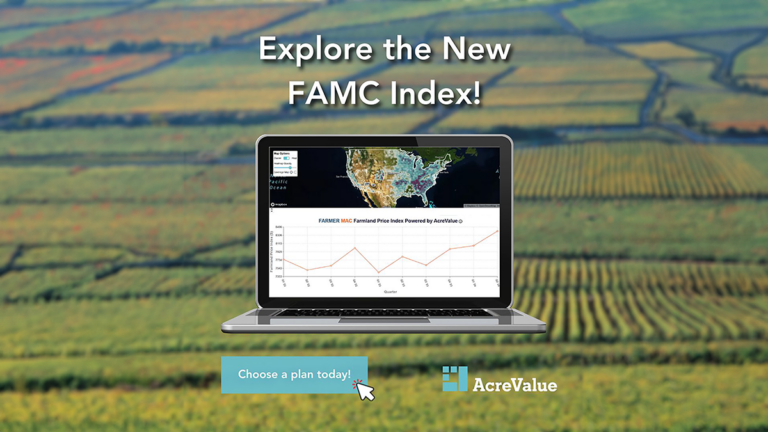Land ownership already contributes to your primary or supplemental income, but what if you could also build a lucrative tomorrow by utilizing an approach you’ve already mastered? If you make money by selling, leasing or developing raw land, you can put these same strategies to work for your future with a self-directed retirement plan. Specialized uses of land, such as hunting, timber or agriculture, are certainly no exceptions; if you can legally profit from land investments with your personal funds, there’s nothing stopping you from doing the same with an IRA, 401(k) or health savings account (HSA).
The uncertainty of Wall Street can throw retirement portfolios for a loop, but alternative assets can keep investors in control in any market. You may have been turned off by negative interpretations of self-directed investing and believe the process will be more trouble than it’s worth, but the bulk of your responsibilities will involve the implementation of your existing business talents. Furthermore, the support of an education and technology-based IRA provider will make it easier than ever to consolidate funds into a self-directed IRA and get started with a real estate investment.
Let’s discuss three key benefits to investing in land with a retirement plan:
- Tax-Advantaged Income – Unlike your personal income, for which you pay taxes every year, retirement income may be tax-deferred or tax-free depending on your account type. With pre-tax plans like Traditional IRAs, you may exclude your contributions (deposits into your IRA) from your income for tax purposes. Taxes would only come due on those funds when you distribute (withdraw) them, ideally when you’ve reached retirement age and you’re in a lower tax bracket. If you have a Roth IRA, you’ll pay normal taxes on your contributions, but qualified distributions can be 100 percent tax-free.
- You’re In Control – Even though your retirement plan will technically own the land asset, you still pull the strings. You can review potential investments, negotiate terms and collect payments on behalf of your IRA (although any retirement income must always return to the IRA).
- Debt Leverage – If your account balance is too low to fund a transaction in full, you can pursue a non-recourse or hard money loan to finance some or all of the real estate acquisition. “Non-recourse” means your personal funds or assets may not be offered as collateral. The investment real estate itself would instead secure the note, which allows you to enhance your IRA’s purchasing power without risking your individual holdings.
Any documentation related to the IRA investment is titled in the name of the IRA, and, just as all income must return to the plan, any inherent expenses must be covered by the plan. Apart from these distinctions, owning land with a self-directed IRA can mirror your personal investments in almost every way.
About the Author: Dylan Docker is a writer/editor at New Direction IRA, a financial services form that specializes in IRAs, solo 401(k)s and HSAs that hold alternative investments. Contact New Direction IRA for more advice on investment strategies as they relate to land.

